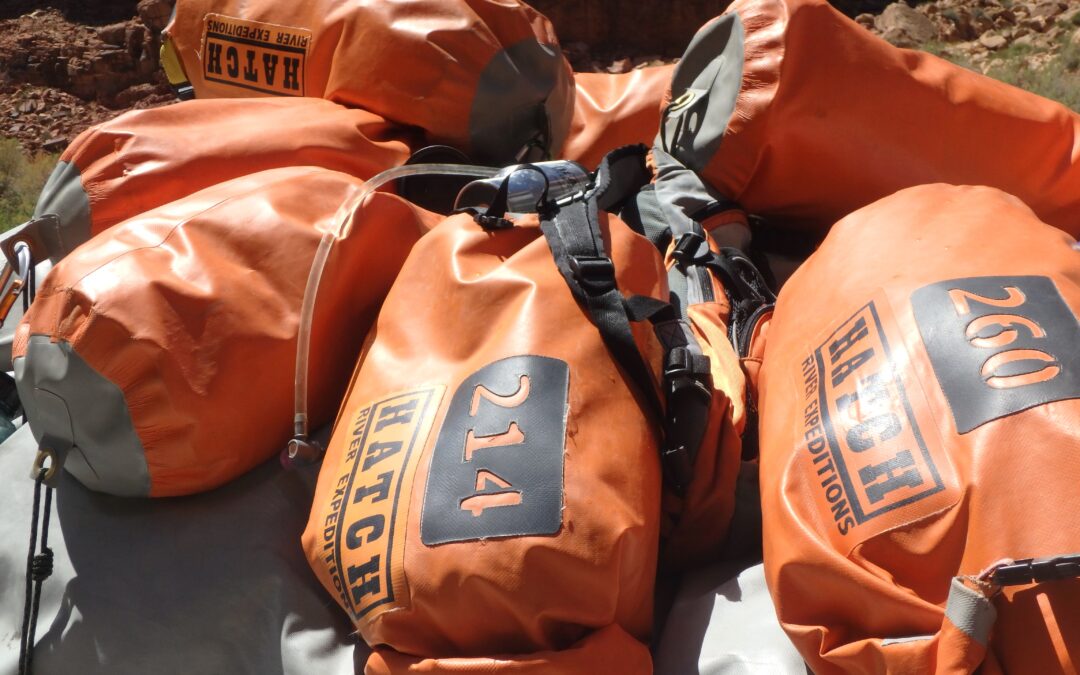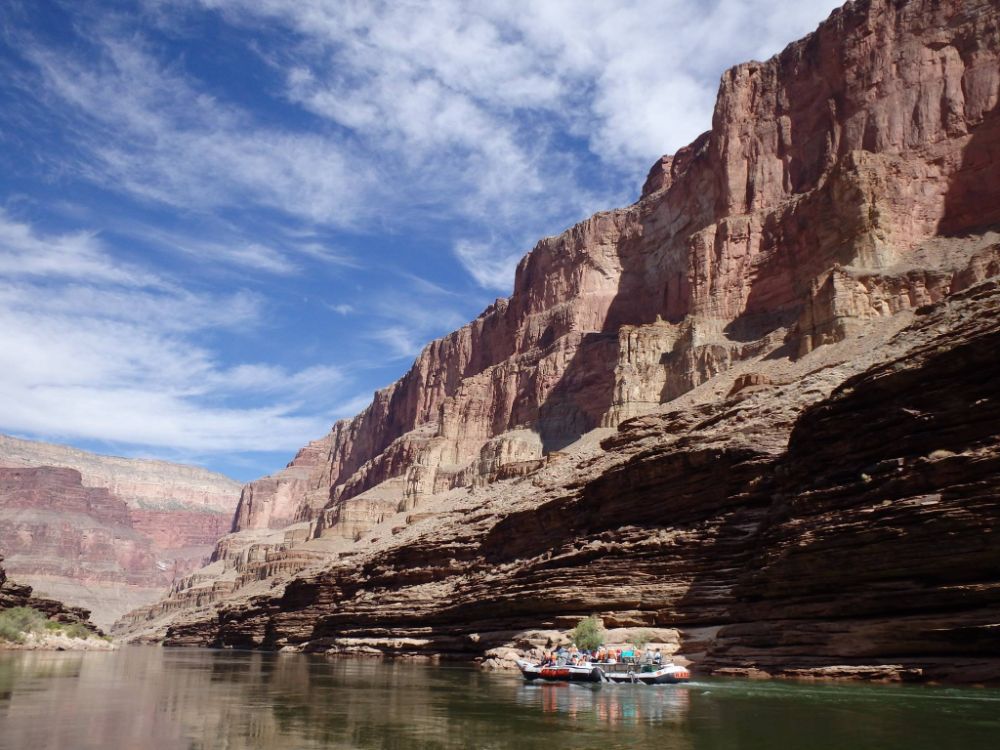The question we hear most often is: “What do I need in my day bag today?” The easiest answer? Be like a Boy Scout: Always be prepared.


We understand that some of this news coverage can be alarming for people whose vacation plans depend on water in the Colorado River. We want to assure you that based on everything we know right now, flows through the Grand Canyon should remain close to or perhaps slightly below average throughout the season. If this holds true (and we expect that it will), all of our trips will still operate. Our guides are comfortable running under these conditions, so you likely won’t notice any impact on your trip at all.
The amount of water flowing through the Grand Canyon at any given time depends upon releases from Lake Powell through Glen Canyon Dam. Glen Canyon Dam is hydroelectric, meaning that it is used to generate power for the surrounding area. It’s important to note that the Bureau of Reclamation is constantly working to ensure enough water can be stored in and released from Lake Powell to continue normal power generation operations and address a power emergency should one arise. This works out to be good for rafting operations because water releases for power generation send water through the Grand Canyon, where our trips travel.
The laws governing what happens with water in the Colorado River and its reservoirs are complex and require the cooperation of 7 U.S. states as well as the Indigenous Tribes of the area and Mexico. Part of the agreement (called the Colorado River Compact) made between the states is the assurance that the “Upper Basin” states (Colorado, New Mexico, Utah, and Wyoming) will continue to send an agreed-upon allotment of water through to the “Lower Basin” states (Nevada, Arizona, and California). This legally binding agreement further assures us that water will continue to flow through the Grand Canyon in quantities that make rafting possible.
For more information about rapids in the Grand Canyon and how different water levels may affect them, read our FAQs.
For more information about Glen Canyon Dam Operations and their impact on water in the Colorado River, visit the Bureau of Reclamation’s website.
The question we hear most often is: “What do I need in my day bag today?” The easiest answer? Be like a Boy Scout: Always be prepared.
One of the most common packing questions we get is: “Do I need to bring bug spray for my river trip?” Our answer is usually no- here’s why…
Lizards in the Grand Canyon If you’ve ever been anywhere in the Southwest, chances are you’ve seen a lizard. These little reptiles have become nearly synonymous with the desert landscapes of the region. Walk into a gift shop in Arizona and you’ll find lizards on...